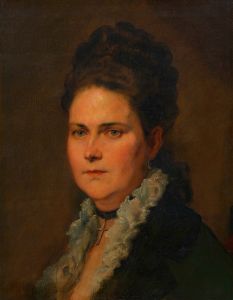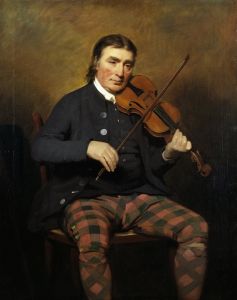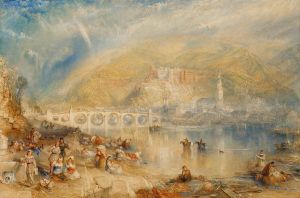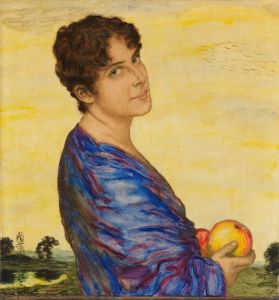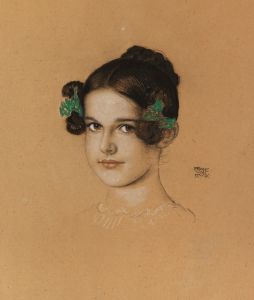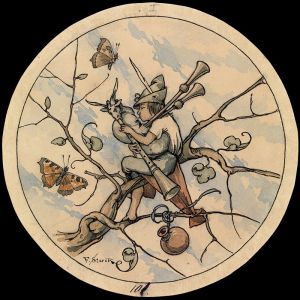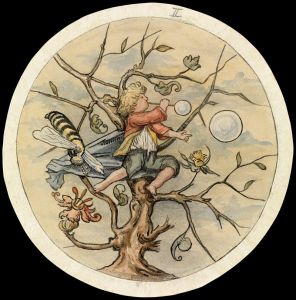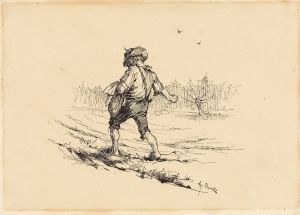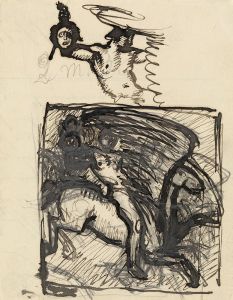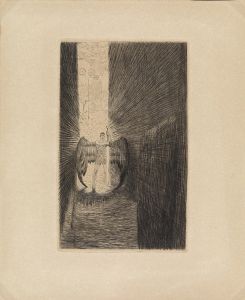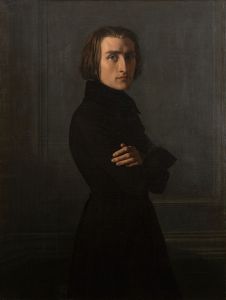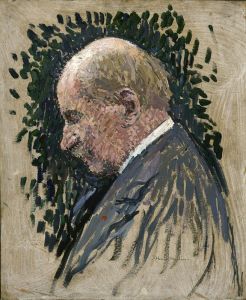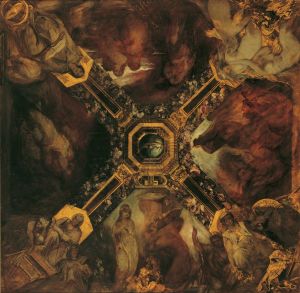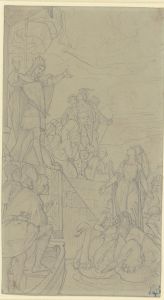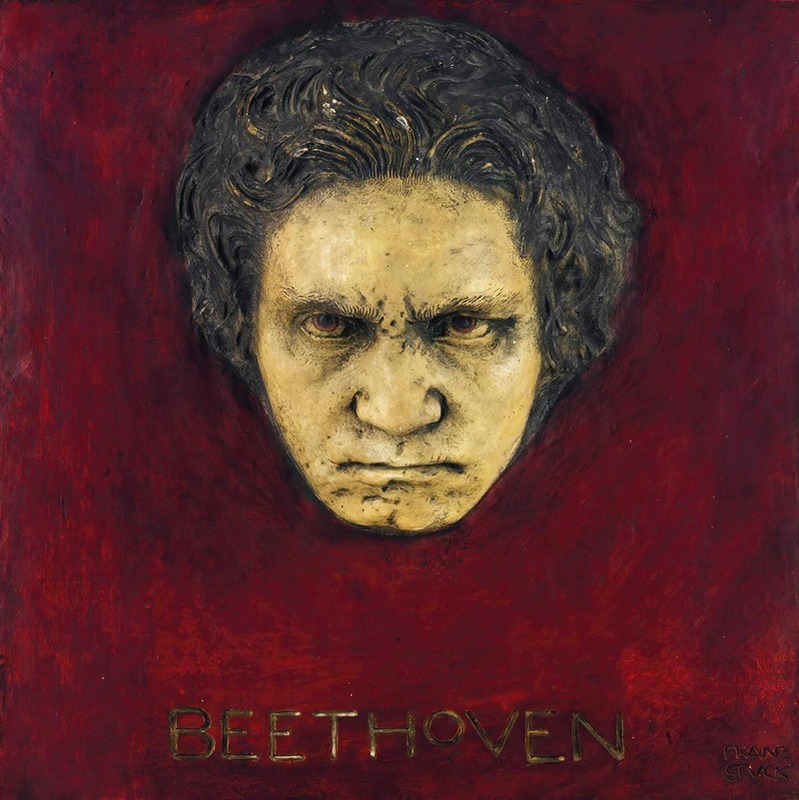
Beethoven
A hand-painted replica of Franz von Stuck’s masterpiece Beethoven, meticulously crafted by professional artists to capture the true essence of the original. Each piece is created with museum-quality canvas and rare mineral pigments, carefully painted by experienced artists with delicate brushstrokes and rich, layered colors to perfectly recreate the texture of the original artwork. Unlike machine-printed reproductions, this hand-painted version brings the painting to life, infused with the artist’s emotions and skill in every stroke. Whether for personal collection or home decoration, it instantly elevates the artistic atmosphere of any space.
Franz von Stuck's painting "Beethoven" is a notable work by the German symbolist artist, created in 1905. Stuck, who was a prominent figure in the Munich Secession movement, was known for his evocative and often mythological subject matter, and his portrait of Ludwig van Beethoven is no exception. This painting is a testament to Stuck's admiration for the composer and reflects the broader cultural reverence for Beethoven during the late 19th and early 20th centuries.
The painting depicts Beethoven in a manner that emphasizes his iconic status and the profound impact of his music. Stuck's portrayal is characterized by a dramatic and intense expression, capturing the essence of Beethoven's genius and the tumultuous nature of his compositions. The artist uses a dark and moody palette, which is typical of his style, to convey the depth and complexity of Beethoven's character. The background is often kept minimal, focusing the viewer's attention on the subject's face and expression.
Franz von Stuck was deeply influenced by the symbolism movement, which sought to express the ineffable and the emotional through art. In "Beethoven," Stuck employs symbolism to convey the composer's inner world and the transcendental quality of his music. The painting does not merely aim to represent Beethoven's physical likeness but rather to evoke the spirit and intensity of his musical legacy. This approach aligns with the symbolist movement's emphasis on ideas and emotions over realistic representation.
Stuck's "Beethoven" is also reflective of the period's fascination with the Romantic ideal of the artist as a tortured genius. Beethoven, who struggled with personal difficulties including his progressive hearing loss, became an emblem of this archetype. Stuck captures this narrative through his intense portrayal, suggesting both the suffering and the sublime creativity of the composer.
The painting is part of a broader cultural phenomenon of Beethoven worship that was prevalent in Europe at the time. Beethoven was celebrated not only for his musical innovations but also for his embodiment of the Romantic spirit. Artists, writers, and musicians of the era often looked to Beethoven as a source of inspiration, and Stuck's painting is a visual manifestation of this admiration.
Franz von Stuck himself was a multifaceted artist, known for his work as a painter, sculptor, and architect. His contributions to the Munich Secession and his role as a professor at the Munich Academy of Fine Arts had a significant impact on the development of modern art in Germany. Stuck's "Beethoven" is a reflection of his artistic philosophy, which combined technical skill with a deep exploration of symbolic and mythological themes.
Today, "Beethoven" by Franz von Stuck is appreciated not only for its artistic merit but also for its historical significance. It serves as a window into the cultural and artistic currents of the early 20th century, illustrating the enduring legacy of Beethoven's music and the ways in which it continued to inspire artists long after his death. The painting remains an important piece in the study of both Stuck's oeuvre and the broader context of symbolist art.





